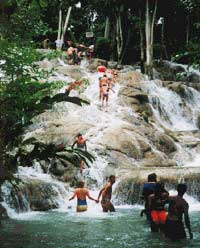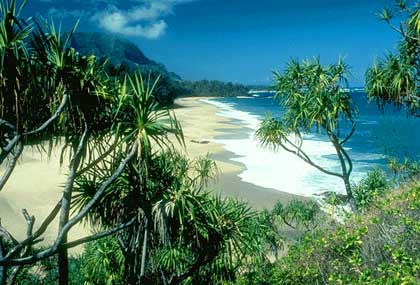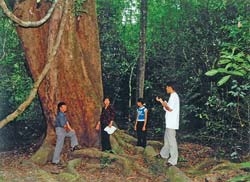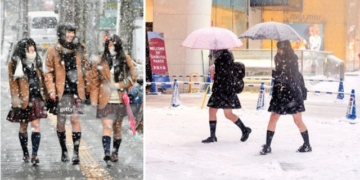Jamaica is an island nation located off the Caribbean coast of Central America.
 |
|
Spring in Jamaica |
In Jamaica, freshwater springs and streams can be found everywhere. In the language of the Arawak indigenous people, Jamaica means “island of springs.”
Jamaica covers an area of only 11,400 km2 and is characterized by numerous mountains, all of which are relatively low, with the highest peak reaching only 2,256 meters. Springs can be seen gushing from cracks in the rocks both on the mountains and in the deep valleys. These springs converge into streams that cascade down as waterfalls and flow into small and large rivers. There are hundreds of rivers with delightful names such as the Dong River, Milk River, and Banana River.
The island is rich in limestone, which is easily eroded by water to form extensive caves and aquifers. The northeastern part of the island receives a lot of rainfall, resulting in a significant storage of clean water within the limestone layers. When cracks occur, the water in the aquifers is forced out, creating clear springs.
Jamaica boasts a variety of springs, waterfalls, and caves, all adorned with vibrant tropical colors, making it a highly attractive destination for tourists.
Jamaica is also home to the world’s second-largest bauxite mine. The agriculture sector produces bananas, sugarcane, coffee, cocoa, and a variety of tropical fruits.

The sea in Jamaica is famous for its clear blue waters (Photo: tropicalbreez)





















































